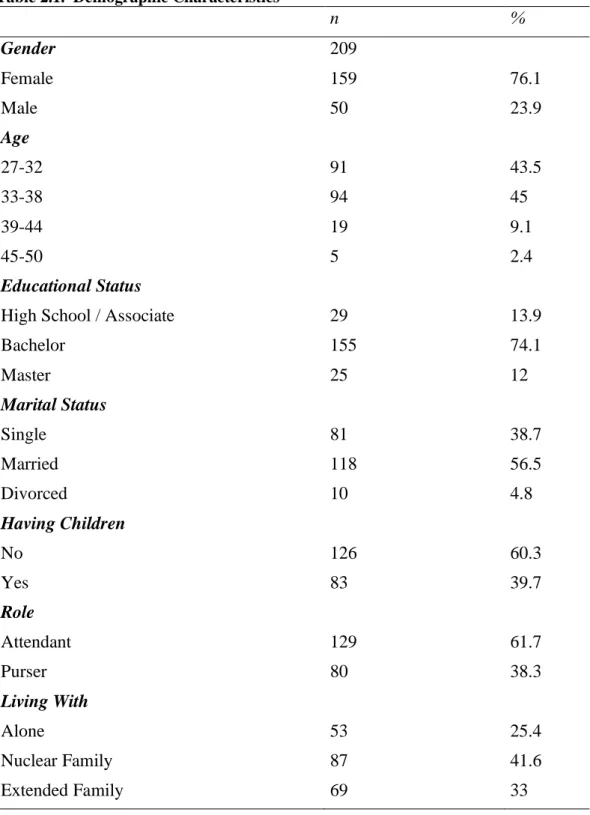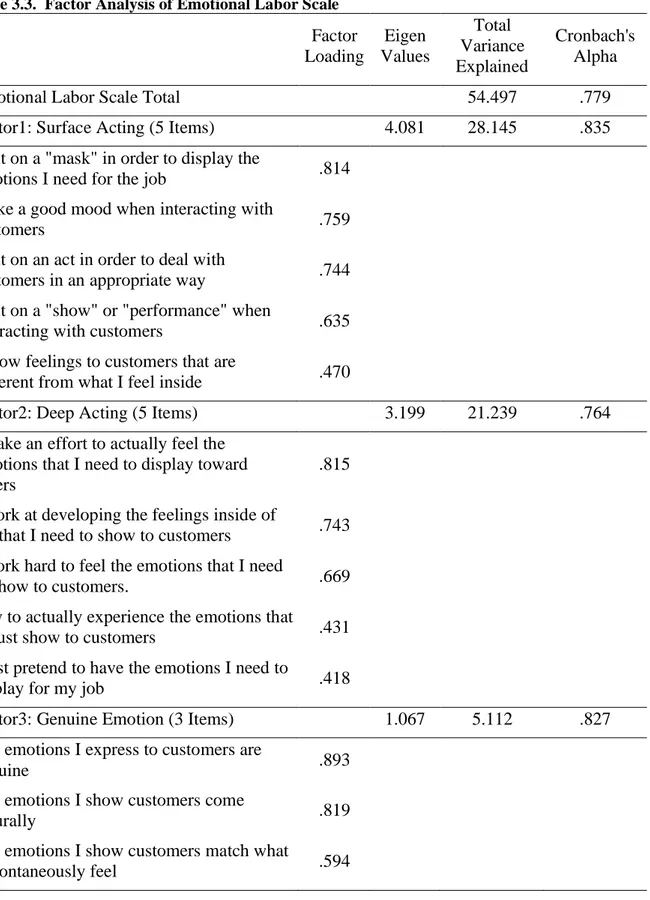The relationship between emotional labor and burnout among cabin crew: the roles of person-job fit and work-family conflict
Tam metin
Şekil




Benzer Belgeler
The research concludes that supervisor support and positive affectivity positively affect time-based work-family conflict, strain-based work-family conflict, behavior-
Moreover, when acculturation is analyzed, there was no statistically significant difference between the assimilation, separation, marginalization and integration
Meşhur operalardan ve bes telerden ve senfonilerden pek çoğunu bu çalgıya mahsus delikli notalara geçirmişlerdi ve bu notalar tomar şek linde toplu olarak
[r]
Çalışmanın bundan sonraki bölümlerinde; şiddet ve ilgili kavramlar, dünyada ve Türkiye’de sağlık kurumlarında şiddet ile ilgili literatür, sağlık
Büyük sanatkar T.Tasso`nun “Kurtarılmış Küdüs” eserinde selip müharibelerinden bahs ederken adaletsiz müharibeleri, hıristiyan dövletlerinin müslüman halklarına
"Kırgızistan'da Taş Balbal ve İnsan Biçimli Heykeller Stone Balbals and Statues in Human Fonn in Kirghizistan" adlı eserde sırasıyla: İçindekiler/Contents (V), Sunuş
Meseıa İskit tipi dikey bronz kazan kulpunun yerine kullanılan şematik dökme dag keçisi figürleri l5 (Resim 1-4) Tuva'da Uyuk dönemine ait bir kurganda sadak için yapılan





